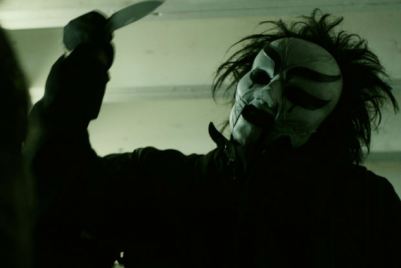“A MILLION WAYS TO DIE IN THE WEST” My rating: C (Opens wide on March 30)
116 minutes | MPAA rating: R
Mel Brooks needn’t lose any sleep.
The spirit of 1974’s “Blazing Saddles” hovers tauntingly over “A Million Ways to Die in the West,” Seth MacFarlane’s (he produced it, directed it, co-wrote it and stars in it) new comic Western.
“Saddles” is, of course, the blue chip standard for rude cowboy comedy, as hilarious now as the day it was released.
By comparison “A Million Ways…” is a slog. It’s got a couple of wildly comic moments – but only a couple.
The main problem is not that its humor is overwhelmingly puerile (graphic jokes about sex and bodily functions) but that it isn’t much of a movie. Oh, it looks great, with lots of gorgeous wide-screen cinematography of Monument Valley (John Ford/John Wayne country) and a visual style dishing lots of rising crane shots (MacFarlane must have been studying Sergio Leone’s “Once Upon a Time in the West”).
But there’s no there there. And as storytelling it’s a meandering, shapeless affair. It’s not even a particularly good satire of Western movie conventions.
MacFarlane – an astonishingly productive comic force (TV’s “The Family Guy,” “American Dad!” and “The Cleveland Show,” not to mention the 2012 feature “Ted” and hosting the Oscars) – seems most at home in the half-hour (which is to say 22-minute) animated TV format. He struggles to fill this 2-hour film with jokes, and a few hit home. But they’re not in service of a story – or characters – we care about.
And let’s get out in the open MacFarlane’s biggest mistake: Casting himself as the lead character, Albert, a miserable/angry sheep farmer in 1882 Arizona.
MacFarlane has no range. He sports a half-hearted smirk and…and that’s about it. I don’t much like watching him. So there.











